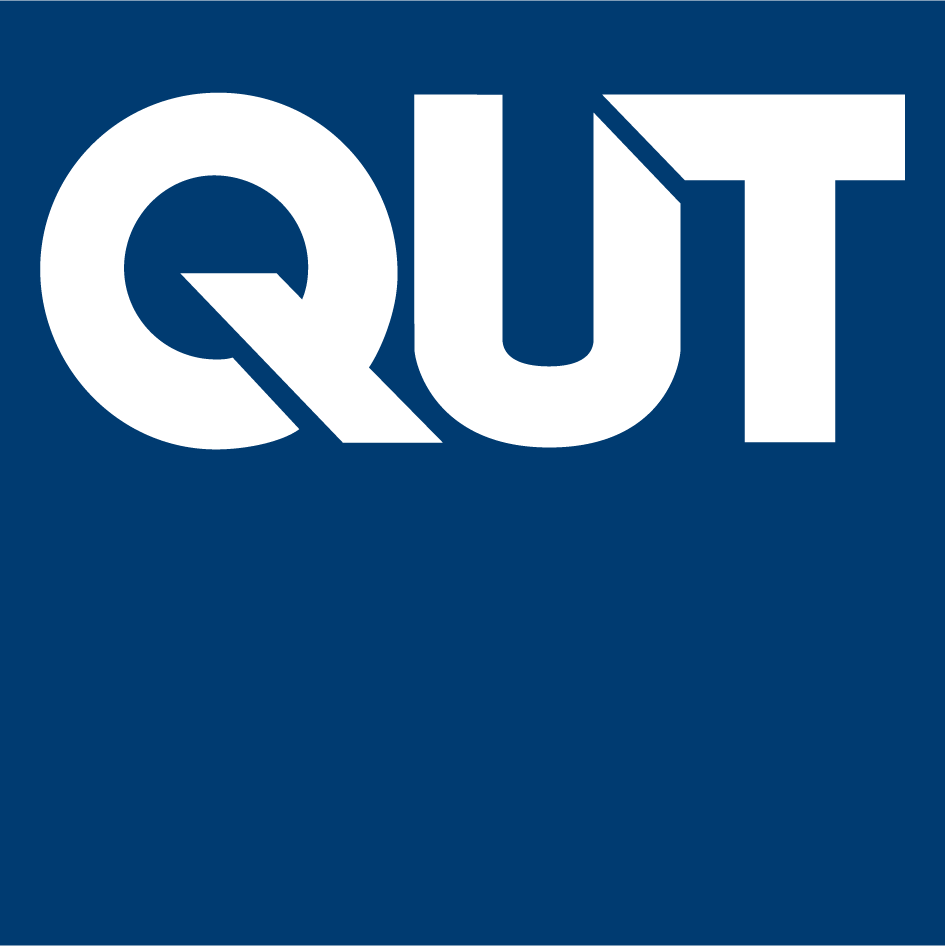Comprehensive Framework Validation – Comparative Analysis of Quality Control Systems at Cook Medical
Start: August 2025
Expected end date: October 2025
Overview
This collaborative project between UTS, Swinburne University, QUT, and Cook Medical develops systematic methodologies for assessing and optimizing quality control systems in precision manufacturing environments. Using rigorous Six Sigma DMAIC approaches, we’re creating evidence-based frameworks that help manufacturers identify quality system inadequacies, quantify improvement opportunities, and implement systematic interventions with measurable outcomes.
Industry Applications Beyond Medical Devices
The assessment methodologies developed through this research are designed for broad applicability across precision manufacturing sectors. Automotive component manufacturers benefit from systematic approaches to defect detection and rework reduction, particularly relevant for electric vehicle components requiring precision assembly and quality consistency. Electronics and semiconductor industries can apply these methodologies to address miniaturization challenges and yield optimization, where traditional quality control methods often struggle with detection accuracy and process variability.
Pharmaceutical and biotechnology manufacturers find value in the regulatory compliance frameworks and traceability protocols, essential for FDA and international regulatory requirements. Advanced materials and composites manufacturers can leverage the statistical assessment tools to address complex defect patterns and material consistency challenges. Precision engineering and tooling industries benefit from the systematic approach to measurement system analysis and process capability assessment, critical for maintaining tight tolerances and customer specifications.
The research framework addresses universal manufacturing challenges including inspector variability, measurement system inadequacy, cost optimization, and regulatory compliance requirements. By providing systematic diagnostic tools and implementation protocols, manufacturers across these sectors can move from reactive quality management to proactive, evidence-based improvement strategies. The methodologies are particularly valuable for organizations seeking ISO 9001, AS9100, or industry-specific quality standard compliance, providing statistical validation requirements and documentation frameworks necessary for certification and continuous improvement.
Research Approach and Deliverables
Our systematic assessment approach provides manufacturers with diagnostic tools for identifying quality system capabilities and limitations, economic modelling frameworks for justifying improvement investments, implementation protocols with realistic timelines and success metrics, and statistical validation methodologies for regulatory compliance. The research emphasizes practical applicability through collaboration with industry partners, ensuring methodologies address real-world manufacturing challenges rather than theoretical quality management concepts.
Current phase focuses on baseline assessment methodology development and framework validation. Future research will extend to controlled implementation studies across multiple industry sectors, enabling broader validation of systematic improvement approaches and development of industry-specific best practices.
This research represents a shift toward systematic, statistically validated quality management that reduces implementation risk while providing measurable outcomes across diverse precision manufacturing environments.
Associated Researchers

